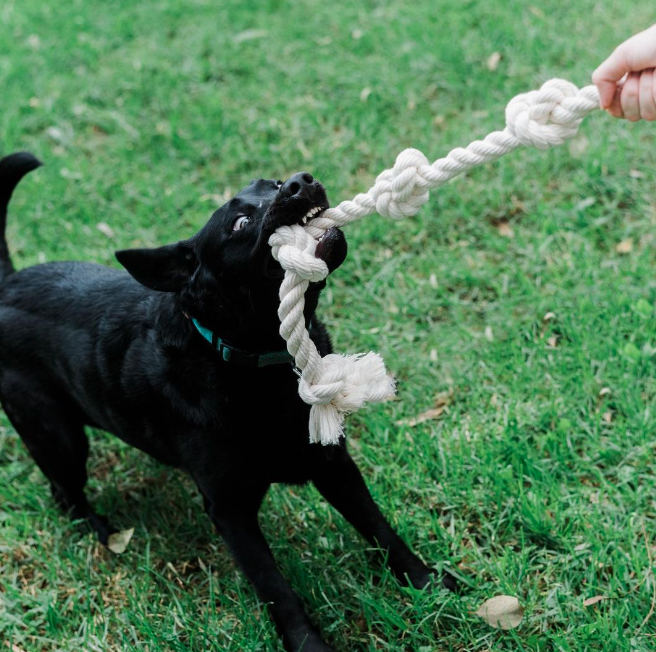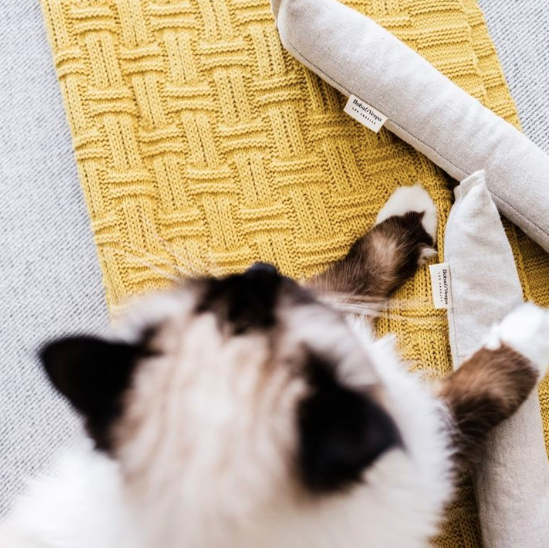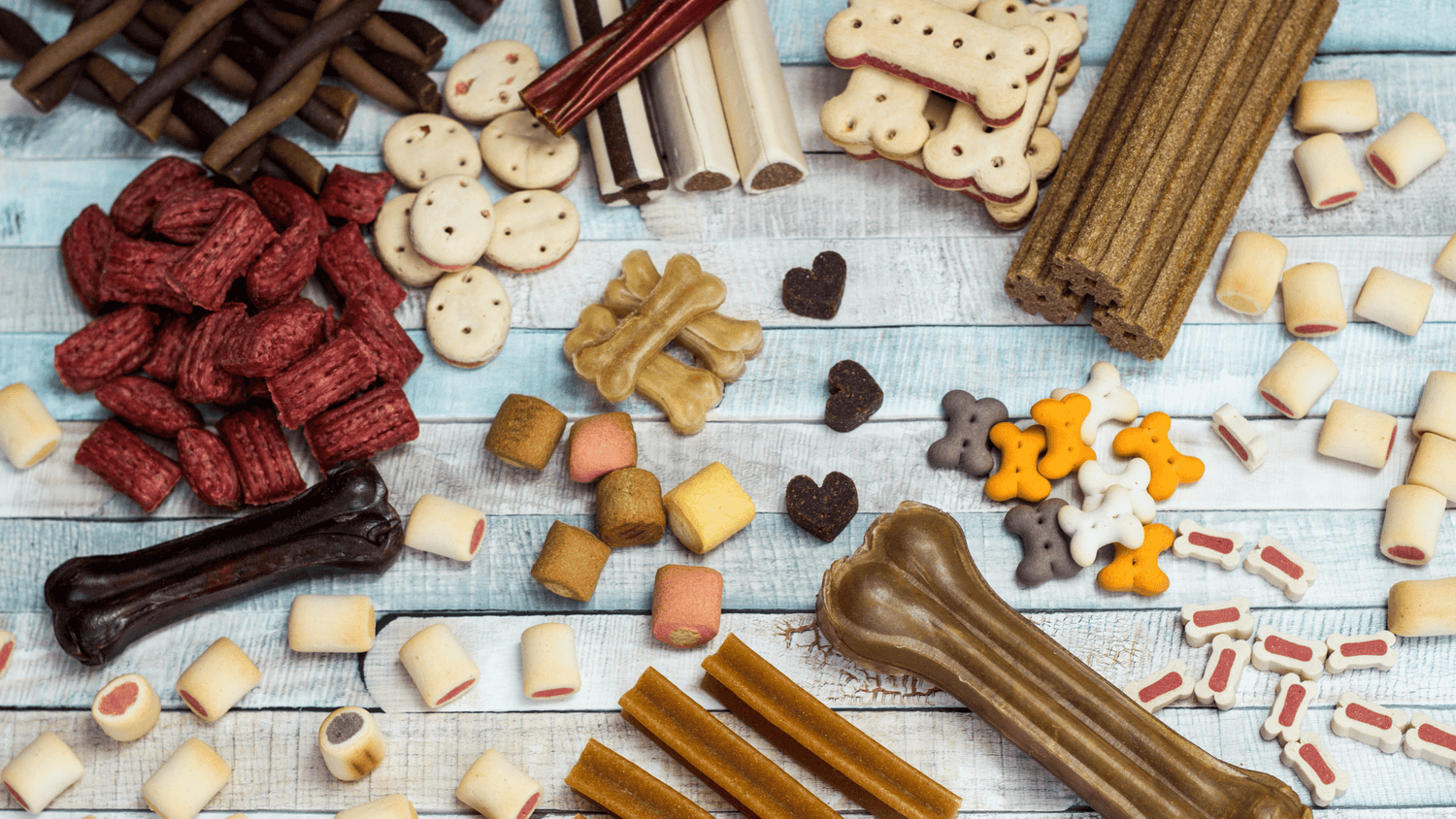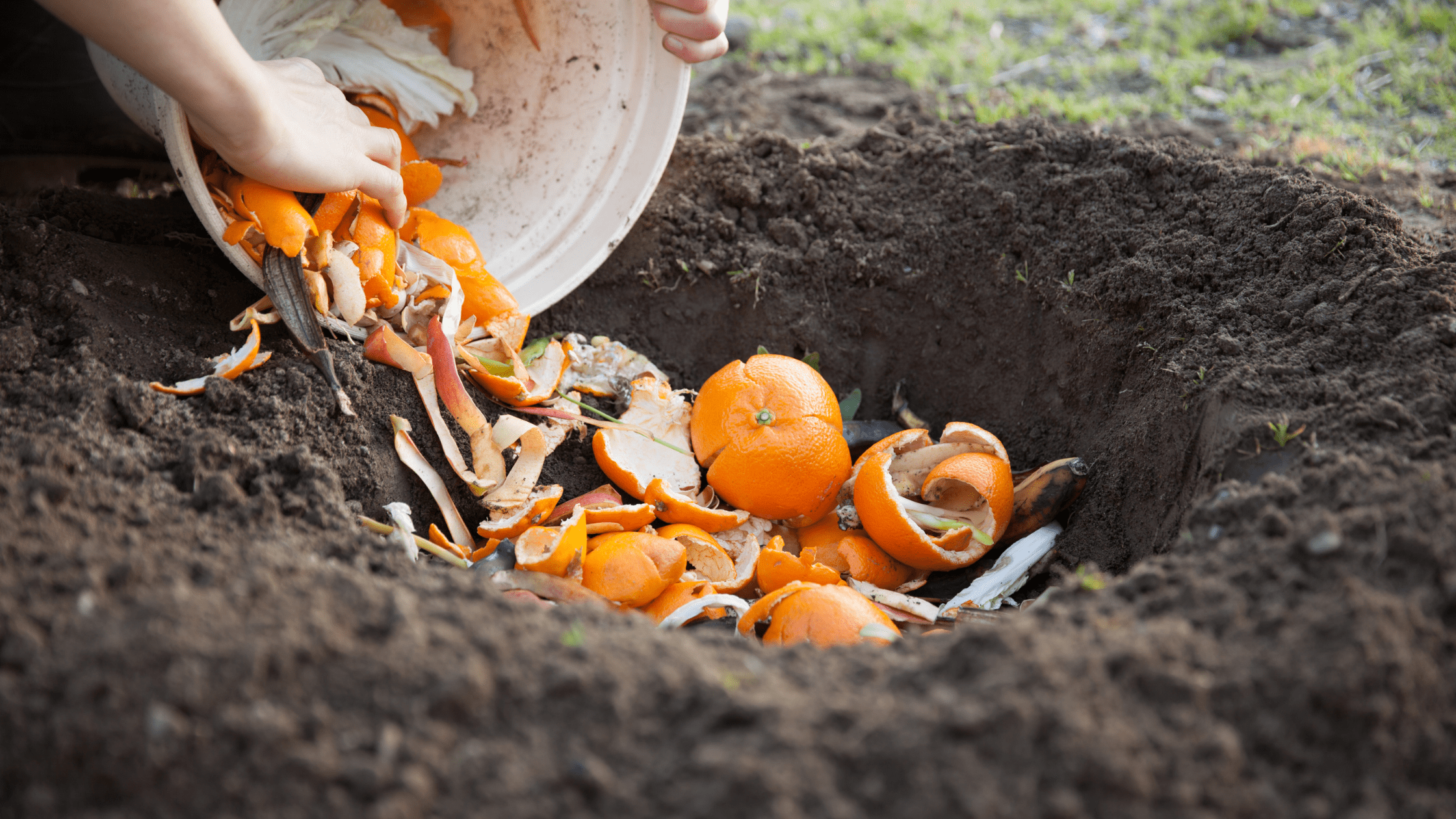We love our pets and treat them as our family members. From accessories to bedding to pet food, we naturally want them to have the very best. But we also love our planet and in the face of climate change, we want to do everything we can to protect it at all costs.
While pet food might not be the first thing that comes to mind when considering your carbon footprint, it’s hard to ignore the environmental impact of pet food once you know about it.
The statistics are staggering. 64 million tons of carbon dioxide are dumped into the atmosphere per year on pet food alone. Something clearly has to change…
In this post, we explore pet food and the environment. How can we reduce our pet’s carbon pawprint? What are some more sustainable pet food alternatives? Read on to find out!
How is Pet Food Bad for the Environment?
Picture this. In the United States alone, there are roughly 78 million pet dogs and 56 million pet cats all eating twice a day. This contributes to global meat consumption on a big scale…which is not great for our planet, to say the least. In addition, when walking down grocery aisles, you may have noticed that there’s been an increase in specialty or gourmet brands that use prime meat cuts and other ingredients.
The sustainability community has been discussing the impact of meat on the environment for years now. With animal agriculture responsible for up to 87% of annual greenhouse gas emissions, it’s safe to say that meaty pet foods are a major contributor to the climate crisis. We also need to think about the environmental impacts from the additional land, water, fossil fuels, and phosphates that are necessary to feed and farm the animals that go into our pet’s “human-grade” meaty chunks.
While humans are turning towards vegan or vegetarian options, what about our cats and dogs? How can we fulfil their nutritional requirements while curbing their environmental impact as much as possible?
(Pet) Food for Thought
When thinking about pet food waste and your pet’s carbon pawprint, it’s important to consider the food you’re feeding them. Below are some factors to think about.
The Hype Around Premium Human-Grade Meat
While choice cuts of meat are what you'd choose for yourself, your pet just doesn't need the creme de la creme. We encourage you NOT to give your pet premium, human-grade meat products. That's right, we said that. Not a typo. Pets do perfectly well and thrive on organ meats and other byproducts left over from meat production that otherwise end up in the landfill. These can include parts of cows, chickens, and other animals that people prefer not to eat themselves. In fact, the new trend of feeding our pets premium meat is absolutely contributing to more demand for mass farming and we know that is one of the leading causes of carbon emissions. So, don't fall for the premium hype.
And please NEVER buy fresh, refrigerated or frozen pet food. Cold food transportation is one of the leading carbon emitters. There is never a need for fresh dog food delivered to your door. Instead think about adding fresh cooked veggies you cook yourself as a topper to your pet's kibble.
Protein Sources Are NOT Equal in Emissions
The chart below says it all, quite clearly. Not all animal protein sources are equal in terms of their emissions. Simply moving from beef or lamb to poultry, fish or pork would greatly improve the environmental impact of a bag of food and in turn your pet's carbon footprint. And while cats are carnivores, dogs can adapt to a more varied diet and can process alternative proteins like insects or plant based quite well. Studies are starting to show that the new insect based and vegan pet foods are full of essential nutrients and can be comparable to animal protein sources. If you aren't sure, ask your vet about these novel proteins and consider mixing up your dog's diet by going insect based and or vegan once or twice a week to start.
Moving away from beef and lamb is a simple change really. One we really encourage you to think about straight away.

Issues with Packaging & Distribution
Pets eat a lot of kibble and those bags are heavy. Think about all those heavy bags shipping all over the country. That's a whole lot of CO2 being produced by shipping alone. Now picture the packaging for kibble - bags made from a type of plastic that 99% of the time cannot be recycled. Some companies use #4 plastic bags, which are technically recyclable, but very few plants can recycle them, so basically they go to the landfill. We've seen #7 plastic bags as well, which are newer on the pet food scene, and are much easier to recycle, but still sadly only around 10% of plastic ends up getting recycled for various reasons. So, needless to say that recycling pet food bags isn't reliable.
Buying kibble in bulk is your best option here. Buying one large bag of kibble will be much less wasteful than 10 smaller bags in terms of waste management. And then look for brands with the Terracycle logo. Some really eco forward brands have partnered with Terracycle who accepts empty bags and shreds the plastic, ultimately upcycling the pellets into things like plastic park benches. We think that's pretty cool.
If you want to dig in more around packaging specifically, then check out What to Look for in Sustainable Pet Food Packaging.
How to Feed Your Pet Responsibly
So yes, traditional kibble can be quite bad for the environment, but there are ways to make feeding your pet less impactful on the planet. To sum it up, this is how to feed your pet responsibly.
Look for pet food:
- Made ethically and sustainably.
- Avoid "human-grade" meat.
- Avoid refrigerated or frozen meals.
- Avoid beef and lamb.
- Consider going insect or plant based 1-2x per week.
- Buy kibble in bulk.
- Look for the Terracycle logo for plastic upcycling.
- Try home cooking. Yes, for your pet! Keep reading to learn more...
Feed Fresh & Local With Home Cooking
Did someone say home-cooked meals? We did! Home cooking for your pet is about the cleanest, most sustainable feeding method there is. How does it work? Well, you cook for them, at home. It's true! No kibble, just real food in their bowls. The beauty of it is you can buy local, in season produce and locally farmed meats (preferably not beef or lamb), thus making the carbon footprint of your pet's meal, like nearly zero. Plus it's a fresh meal from whole foods with zero preservatives and additives like you'll find in kibble. But you can't just throw a bunch of food in their bowl and call it a day. Pets need a very specific balance of nutrients and home cooking is great, but you'll need to guarantee they are getting all the vitamins and minerals they need to thrive. If you're interested in home cooking for your pet, then definitely talk to your veterinarian about making the switch away from kibble.
One way to guarantee your pet is getting the right balanced diet is to add a supplement to their home cooked meal. We suggest USA made Holistic Vet Blend made by holistic veterinarian Dr. Dody Tyneway. All her supplements come with a recipe guide and instructions for mixing and matching different vegetables and protein sources. Take a look at her Feline Premix and Canine Premix.
What steps will you take to lower your pet's carbon footprint regarding to food?






